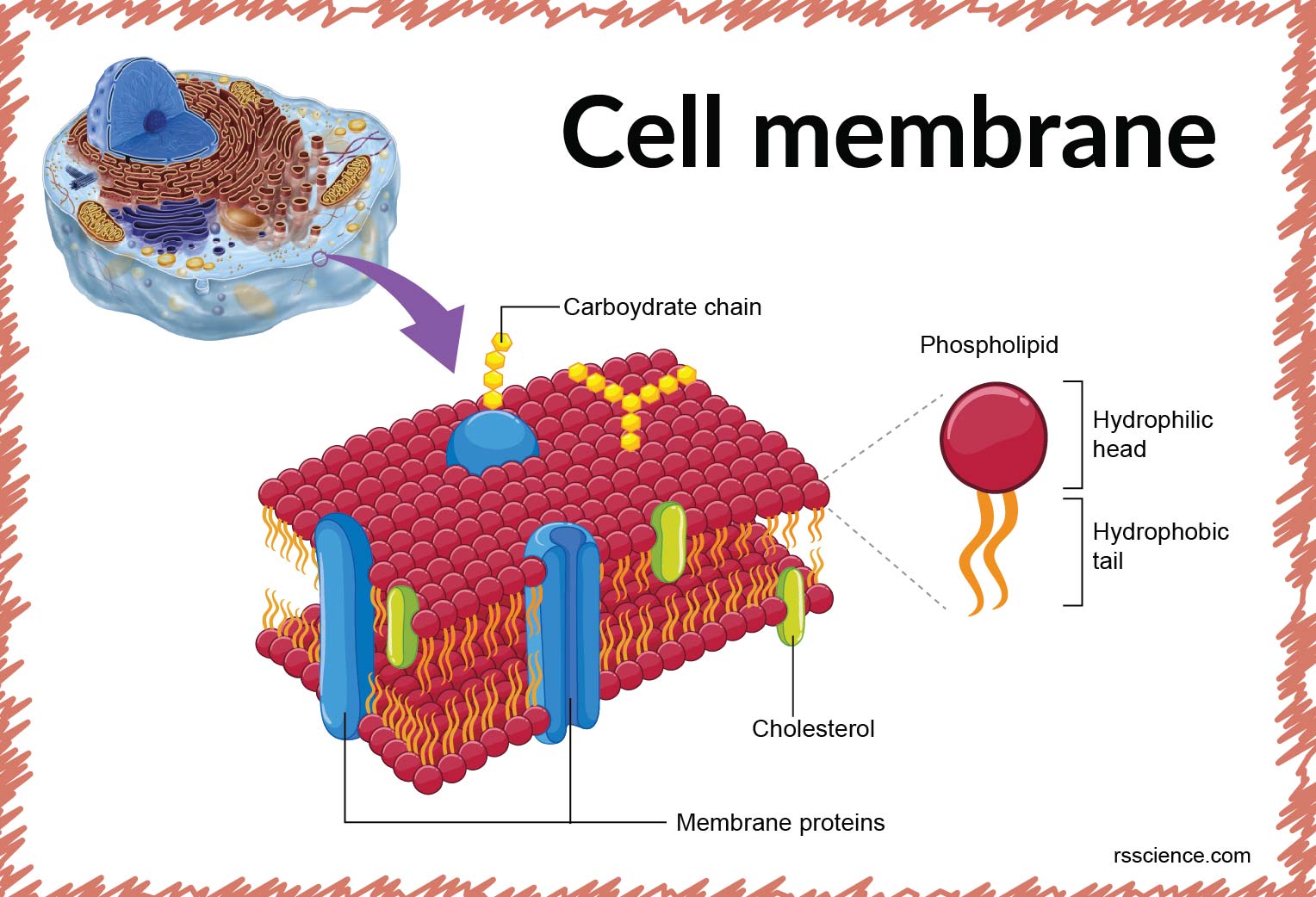5 Essential Facts About Cell Membranes and Tonicity

The cell membrane, often called the plasma membrane, is a crucial barrier that separates the internal environment of the cell from the external world. This phospholipid bilayer does more than just mark the boundary of a cell; it actively participates in maintaining tonicity, which is the relative concentration of solutes in solutions on either side of the membrane. Understanding these dynamic properties provides insights into cellular function, transport mechanisms, and the health of organisms. Let's explore five essential facts about cell membranes and their interaction with tonicity:
1. The Role of Lipid Bilayer in Tonicity

The cell membrane is composed mainly of a lipid bilayer—a double layer of phospholipids. Each phospholipid molecule has a hydrophilic (water-loving) head and a hydrophobic (water-repelling) tail, which results in a semi-permeable barrier. This structure affects tonicity as follows:
- Phospholipid arrangement: The outer layer of phospholipids faces the extracellular environment, while the inner layer is exposed to the cytosol. This orientation allows for a selective passage of materials.
- Fluid Mosaic Model: Describes the dynamic nature of the cell membrane where proteins float within the lipid sea, capable of moving in the plane of the membrane or acting as channels for ion transport.

2. Active and Passive Transport Mechanisms

The cell membrane employs different mechanisms for the transport of substances:
- Passive Transport: Includes simple diffusion (movement of particles down their concentration gradient) and facilitated diffusion (where substances move through protein channels or carrier proteins).
- Active Transport: Requires energy, usually in the form of ATP, to move substances against their concentration gradient, such as with the sodium-potassium pump.
- Osmosis: The passive movement of water across the membrane, which is directly related to tonicity.
3. Understanding Tonicity

Tonicity refers to the solute concentration of solutions relative to one another:
- Isotonic: Equal solute concentration; cells maintain their shape as the net movement of water into and out of the cell is balanced.
- Hypotonic: Higher solute concentration inside the cell than outside; water moves into the cell causing it to swell or even burst if the influx is too great.
- Hypertonic: Lower solute concentration inside the cell than outside; water moves out of the cell causing it to shrink or shrivel.
4. Effects on Cellular Health

The tonicity of the environment influences cell health and function:
- In Animals: Animal cells are sensitive to hypotonic environments which can cause lysis. Conversely, hypertonic solutions can lead to crenation, where the cell membrane puckers or wrinkles.
- In Plants: Plant cells have a rigid cell wall, which helps prevent bursting in hypotonic environments. Instead, they become turgid, providing support and structure. However, prolonged exposure to hypertonic solutions can lead to plasmolysis.

5. Laboratory Significance and Applications

Knowledge of tonicity is crucial for:
- Medical Treatments: Understanding tonicity aids in administering intravenous fluids to ensure cells remain healthy; isotonic solutions are commonly used.
- Food Preservation: Hypertonic solutions (like brine) are used to preserve food by dehydrating bacteria or drawing water out of plant tissues to prevent spoilage.
- Research: Experiments like those involving cell cultures require precise control over tonicity to maintain cell viability.
Summing up the key points about cell membranes and tonicity, we recognize that the cell membrane's selective permeability plays a critical role in maintaining cellular equilibrium. Its interaction with environmental tonicity directly impacts cell function, health, and even survival. Understanding these fundamental aspects not only elucidates cellular processes but also has practical implications in various fields including biology, medicine, and technology. This knowledge shapes our approach to health, food preservation, and scientific research, highlighting the intricate balance of life at the cellular level.
What is tonicity and how does it affect cells?

+
Tonicity describes the relative concentration of solutes between two solutions separated by a semi-permeable membrane. It directly impacts the flow of water in and out of cells, which can cause them to swell, shrink, or maintain their shape.
Why don’t plant cells burst like animal cells in hypotonic environments?

+
Plant cells have a cell wall composed of cellulose, which is rigid and provides support. This wall prevents the cell from expanding beyond a certain limit, thus protecting it from bursting. Instead, plant cells become turgid, aiding in maintaining plant structure.
How do cells regulate water balance?

+
Cells primarily use osmosis to regulate water balance. They also employ ion pumps and channels to control the concentration of solutes within the cell, influencing water movement.
What are some practical applications of understanding tonicity?

+
Understanding tonicity is key in fields like medicine (IV solutions), biology (cell culture), and food preservation (e.g., pickling or salting). It helps maintain cell integrity and function in these applications.